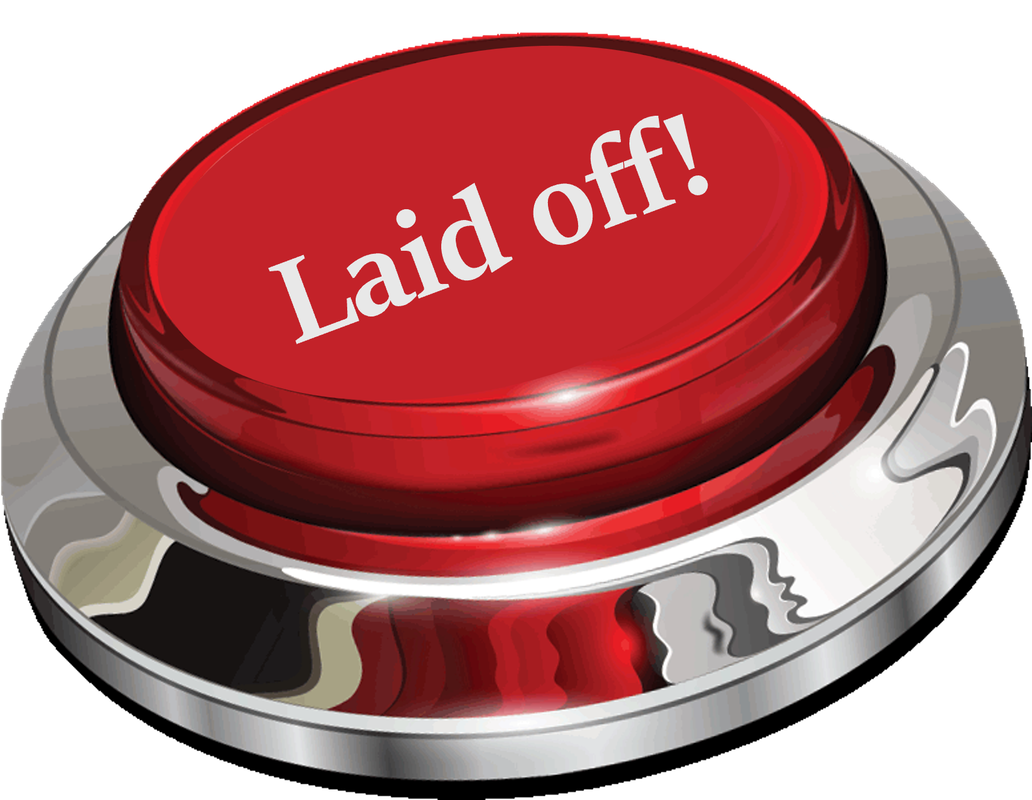|
By Brenda L. Peterson, The Layoff Lady A Resume for Each Job? Won't That Take Forever?When applying for jobs, customizing each resume is one way to help you stand out. Unfortunately, it’s easy to spend a lot of time and effort updating your resume. Let's look at shortcuts for customizing your resume that is less time and labor-intensive. Articulate What You WantRemember, when you're at the point when you're applying for jobs, you should have already done some prework. By now, you should know what specifically you're looking for in a job. This includes details like your target job title(s), industries, core work responsibilities, geographic location, day-to-day responsibilities, pay rate, and work arrangements (onsite, remote, hybrid). If you don't have a clear idea of what your target job looks like, it makes everything else harder. I encourage you to take a moment to figure out what your target is. This act will help you be more efficient as you search for a role, decide what to apply for, create your target job resume, and everything after that, too. For me, in a previous job search, here is how that looked:
Create a Target Job ResumeTo start, create a target job resume. You could also share this resume with those people who say, "Can you send me your resume?" who may not have a specific job description to share. This resume should be a solid representation of your skills, the type of work you do, and the unique value you would bring to the role. Your target job resume should also include keywords commonly appearing in job descriptions for the type of work you do. To be clear, this IS NOT the resume you use to submit whenever you apply for a job. Instead, this is the resume you customize just a bit for each job for which you apply. Let's look at what to include so you have a robust resume that you'll only need to customize in a few ways for each role. Target Job Resume: Professional Summary SectionYour resume should start with a professional summary section. The goal of this summary is to let the reader know if it's worth reading further. This summary is comprised of a few sentences that summarize who you are, what drives you, and how those factors align with the available role. This is also an opportunity to highlight important keywords that will resonate with employers. Here is the Professional Summary in my target job resume: Proactive learning consultant driven to help organizations succeed. Thrives when partnering with leaders and stakeholders to improve performance. Able to think strategically and execute tactically while managing multiple projects. Committed to constant learning, continuous improvement, and delivering training that drives results. Target Job Resume: Relevant Skills SectionLook at your list of terms included in job descriptions that interest you. Prioritize the ones that you really want the hiring team to know about. Include those in a Relevant Skills section near the top of your resume. Limit what you include to a couple of lines. Here are key skills that I seem the most generally relevant: Here are keywords I included in my Relevant Skills section: Blended Learning, Coaching, Collaboration, Communications, Consulting, Facilitation, Instructional Design, Needs Analysis, Onboarding, Project Management, Relationship Building, Strategy, Video Production Target Job Resume: Work Experience DetailsFor each role, I include bulleted points describing responsibilities common to people who do this work. This includes a wider variety of keywords to help even the least experienced recruiter see the tie between what I describe and the words used in many job descriptions. Here are examples of bulleted points under job descriptions that include keywords relevant to my skills:
The words in bold are keywords pulled from relevant job descriptions. Customizing a Resume: Save AsFirst, I pull up my target job resume file in a word processing file format. Then, I save a copy of my job-specific resume using the following naming convention: [My name] Resume, [Job Title] with [Company name]. For a Lead Learning Consultant role for ABC Inc, the name would look like this: Brenda L. Peterson Resume, Lead Learning Consultant with ABC Inc Now, I'll edit this new resume so it aligns more directly to the job for which I'm applying. Customized Resume: Professional Summary SectionNow, I will customize the Professional Summary Section to align with the language used in the Lead Learning Consultant role. Remember, here is my Professional Summary in my target job resume: Proactive learning consultant driven to help organizations succeed. Thrives when partnering with leaders and stakeholders to improve performance. Able to think strategically and execute tactically while managing multiple projects. Committed to constant learning, continuous improvement, and delivering training that drives results. Here is the Professional Summary for this Lead Learning Consultant role: High-performing lead learning consultant who thrives when delivering engaging employee performance solutions. Thrives when partnering with internal and external stakeholders to design innovative talent management programs. Able to think strategically and execute tactically while managing multiple projects. Committed to constant learning, continuous improvement, and delivering talent initiatives that drive engagement. The sentiment is similar, but now I'm conveying my value add using the employer’s words to describe this position. Note the bolded words were pulled directly from the job description. Customized Resume: Relevant Skills SectionNow, I will customize the Relevant Skills Section to align with language used in the Lead Learning Consultant role. Remember, here is the Relevant Skills section in my target job resume: Blended Learning, Coaching, Collaboration, Communications, Consulting, Facilitation, Instructional Design, Needs Analysis, Onboarding, Project Management, Relationship Building, Strategy, Video Production Here is the Relevant Skills section for the Lead Learning Consultant role: Blended Learning Solutions, Employee Coaching, Collaboration, Communication Skills, Consulting, Facilitation, Curriculum Design, New Hire Onboarding, Project Management, Relationship Building, Strategy, Talent Management Programs To mirror language the company used, I added "solutions" to blended learning, changed "instructional" to "curriculum", and added a few terms emphasized in the job description to this list. Realize these skills are also included in bulleted points for each role. This is just another opportunity to help the recruiter align the skills needed with the words listed in the job description. What Do You Think?Do you customize a resume for each role? What are your tips, tricks, and strategies? Include your thoughts in the comments. Learn More
0 Comments
Your comment will be posted after it is approved.
Leave a Reply. |

Just get laid off?
Click here for info on what to do first. Author7-time layoff survivor Brenda L. Peterson, The Layoff Lady, waxes poetic on layoffs, job transitions, & career resilience. Buy The Book!Were you recently laid off from your job and need a roadmap for what's next? Pick up a copy of my book, Seven Lessons From Seven Layoffs: A Guide!
Categories
All
Archives
July 2024
|




